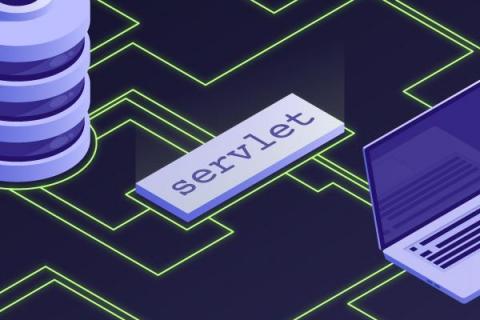9 reasons why Microservices Architecture is the superior development approach
Unless you've been living on Mars for the past few years, I'm sure you’ve heard the buzzword “microservices”, also known as microservices architecture. A distinctive development approach, this natural evolution in software engineering came about due to the ever-increasing complexities of enterprise applications. Traditional applications are usually monolithic in design, which makes them bulky and very difficult to adapt to the changing needs of the business.











